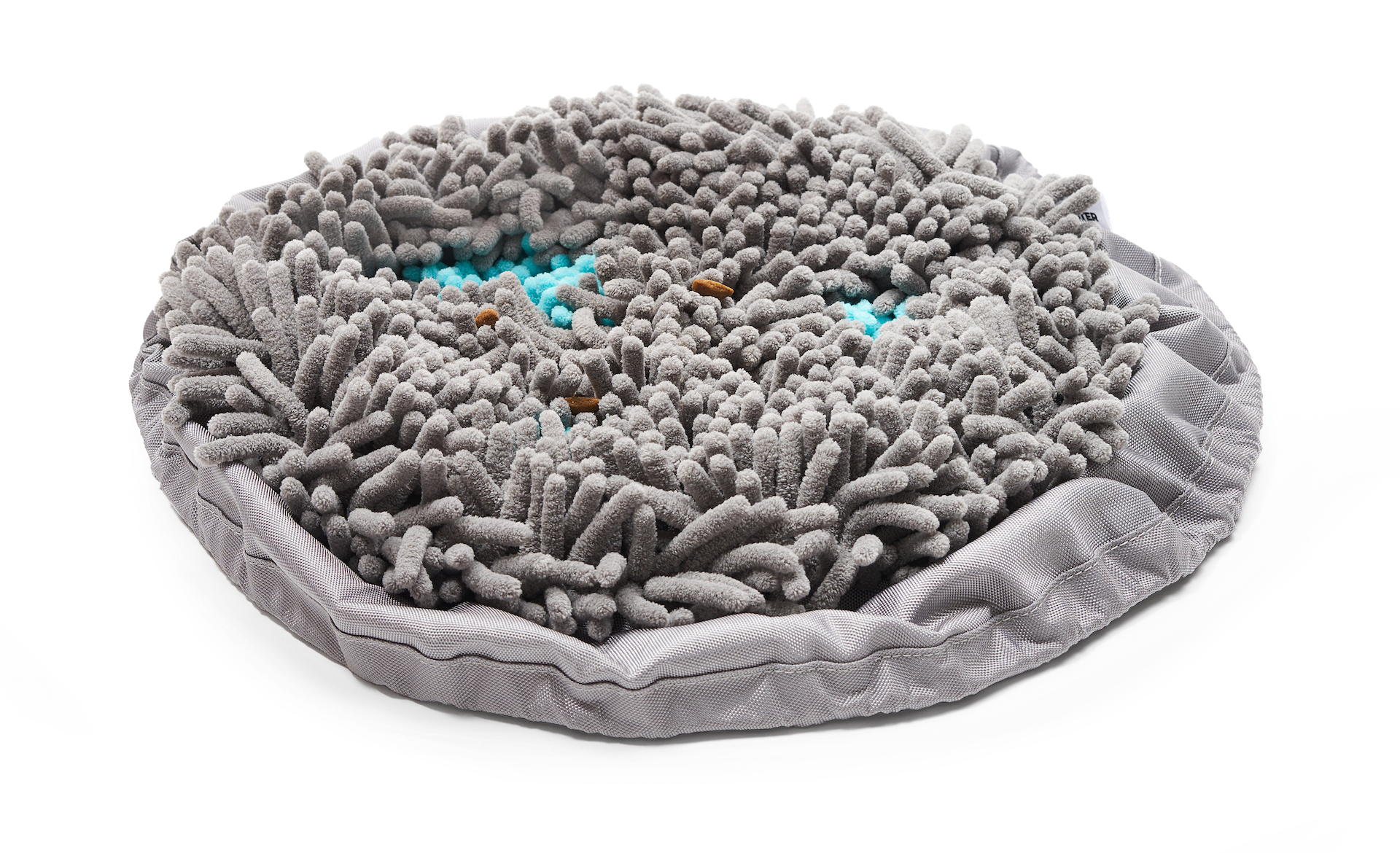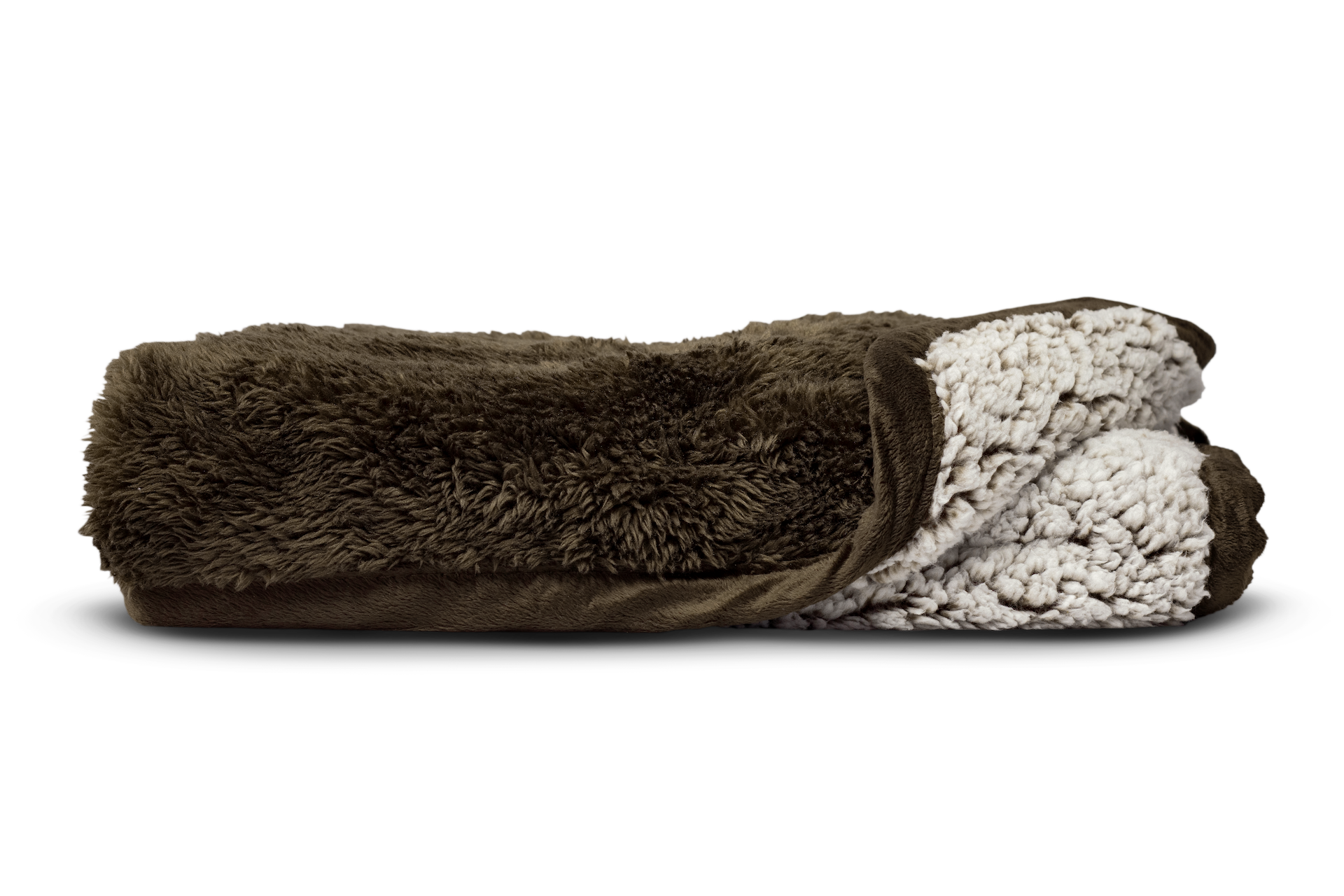Joint disorders in dogs affect our furbabies in a great way. These joint problems stop them from moving, running, playing and from enjoying their lives ahead - freely and without having to feel any discomfort.
Joint disorders in dogs are either congenital (they're born with it) or may be the result of any injury, trauma, infections, immune-related health conditions or abnormal development as they continue to grow. However, there are things pet parents can do to help prevent joint issues, like giving hip and joint supplements.
Here, we've listed down some of the most common joint disorders in dogs, signs your dog may have one and how to properly manage them.
Symptoms of Joint Disorders in Dogs
Our dogs are little fur balls of energy and when we notice them running less or jumping less, we suspect there is something wrong.
"Joint disorders in dogs are either congenital (they're born with it) or may be the result of any injury, trauma, infections, immune-related health conditions or abnormal development as they continue to grow."
The following are the common signs that your dog may have an underlying joint problem:
- Doing less
- Difficulties with common things/activities he used to do
- Reluctance to take a walk or run with you
- Sudden lameness
- Limb is either held up or held in a funny way
- Limping

Common Dog Joint Disorders
Knee Cap Displacement. Displacement of the Knee Cap is an abnormal development that causes various hind limb deformities that includes the hip joint. Knee cap displacement also leads to ligament and cartilage injuries. Your dog may walk lamely or skip while walking.
Osteochondrosis. This joint disorder involves the bone and cartilage formation. This happens when an immature joint cartilage breaks and then separates from the bone. As it separates, fluid goes inside the space and there will be possibilities of cyst formation under the cartilage.
Signs include fluid build up, inflammation and stiffness in the affected joint.
Elbow Dysplasia. Your dog's elbow is consists of three bones: the radius, the ulna and the humerus. These are all supposed to fit right with each other to form the elbow joint. In elbow dysplasia, there is an abnormal development of the elbow joint in your dog, particularly the growth of cartilage.
Hip dysplasia. Hip dysplasia in dogs is an abnormal formation of the hip socket in dogs. Signs include crippling, lameness and painful joints. Certain breeds are more prone to developing hip dysplasia than others. Usually, larger dogs are at a greater risk. Genetics can play a part in causing hip dysplasia.
Temporomandibular Joint Disorder. The temporomandibular joint is also known as jaw joint. It is the hinged point in the jaw that is formed by the temporal and mandible bones. This joint plays an important role in the normal chewing process of dogs. Any disease or illness that affects this joint also affects your furbaby's ability to chew food or make any mouth movements.
Arthritis. This is the most common source of pain of our furbabies, both for the senior dogs and the young ones. Dog arthritis is a degenerative disease that is resulted from the daily and constant wear and tear on the joints of our dogs. There are three types of dog arthritis:
a) Septic Arthritis. This type of arthritis is caused by bacteria that enters and spreads in the body as a result of surgery or trauma, affecting the joints. Other causes of septic arthritis are ehrlichiosis and lyme disease.
b) Immune-mediated Arthritis. Arthritis caused by your dog's own immune system can result to joint inflammation. This type of arthritis can greatly damage the joint cartilage and bone beneath the cartilage.
c) Cancerous Arthritis. This type of arthritis is mostly caused by a tumor called synovial cell sarcoma. Signs include lameness and joint swelling.
Joint Traumas. These joint disorders in dogs are greatly caused by traumas due to injuries and accidents. These may include fractures, dislocations, tearing - all causing a problem in the proper alignment of joins in your furbaby.
Treatment and Proper Management
Consult your vet. The very first thing you need to do if ever you notice your dog exhibiting two or more of the signs mentioned above, is to consult with your vet immediately for proper diagnosis. Your vet will be performing tests like an X-ray to see what is exactly going on with your dog and be able to provide you with the right treatment plan.

Give a hip and joint supplement for support. Just like how we take hip and joint supplements to help support and strengthen our joint health, so can your dogs! With the constant running and jumping they do every day, giving them Hip & Joint SoftSupps® daily can help in maintaining your dog's joints and lessens the risks of developing arthritis as they age. These supplements are for puppies, for adult dogs, for senior dogs, and for dogs diagnosed with hip and joint problems. Made with glucosamine for dogs, eggshell membrane, and MSM, these dog joint supplements can support healthy movement and joint function.
Weight management. Though not in every case, weight is a factor, too, in joint disorders in dogs. As a responsible pet parent, aim to get your dog to it's ideal breed weight and try not to go beyond it so you are able to decrease joint stress. By doing this, you are also able to decrease the chances of joint inflammation as fat is a source of inflammation in a dogs's joints. Obesity can negatively impact your dog's overall health as well as joint health.
Surgical treatments. This can range from arthroscopic cleaning of the joint to total joint replacement.
Joint disorders in dogs are either in born or caused by traumas and injuries but there are always ways to fix and manage them for your dog to be able to walk, run, play free and live that happy and healthy life.









